by Julia López-Robertson, Lillian Reeves, Francie Kneece, Erin Thompson & Molly Williams, University of South Carolina
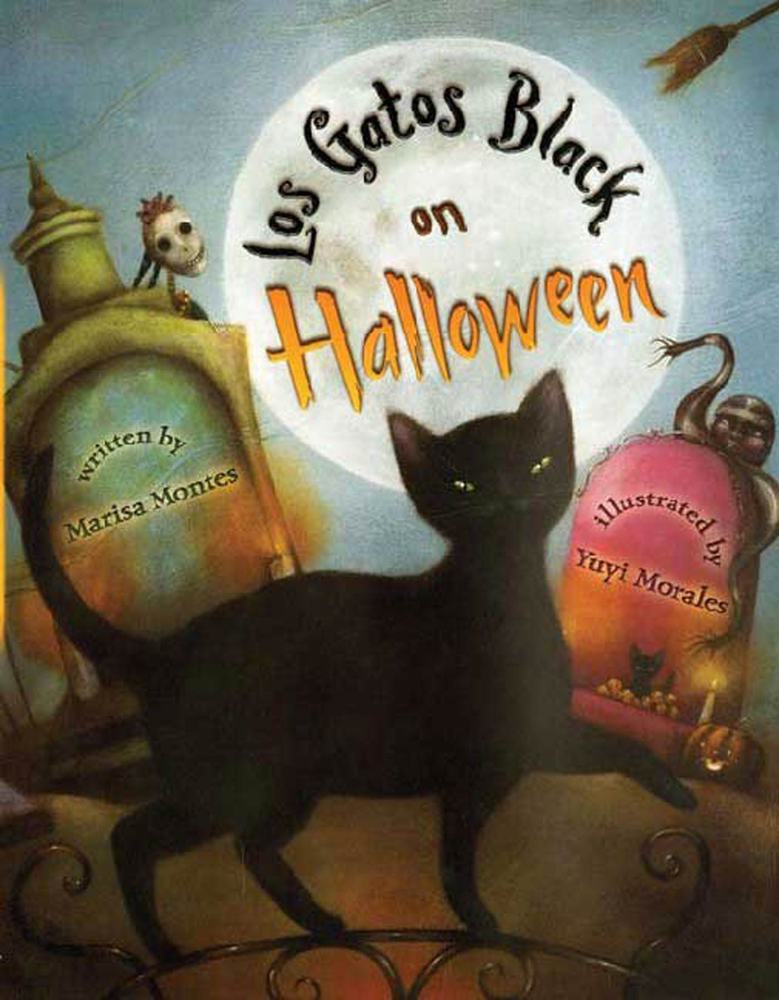 The last book in our exploration of El Día de los Muertos is Los Gatos Black on Halloween written by Marisa Montes and illustrated by Yuyi Morales (2006). Los Gatos tells the rhythmic story of Halloween night from the other side of the grave. Toward the end of Los Gatos, however, the story takes a subtle glance at the Americanization of Día de los Muertos. At the onset, the author clues us in that Los Gatos takes place in October, not November, clearly marking this a story about Halloween and NOT Día de los Muertos. Later, however, on the page with the lines, “The gravesites shiver, headstones shake./Las Tumbas open, tombs awake./The corpses with their cold dead eyes,/Los muertos from their coffins rise” (p. 16) — the words seem to be illustrating spooky scenes and by that point, we are easily caught up in their melodic beat. Continue reading
The last book in our exploration of El Día de los Muertos is Los Gatos Black on Halloween written by Marisa Montes and illustrated by Yuyi Morales (2006). Los Gatos tells the rhythmic story of Halloween night from the other side of the grave. Toward the end of Los Gatos, however, the story takes a subtle glance at the Americanization of Día de los Muertos. At the onset, the author clues us in that Los Gatos takes place in October, not November, clearly marking this a story about Halloween and NOT Día de los Muertos. Later, however, on the page with the lines, “The gravesites shiver, headstones shake./Las Tumbas open, tombs awake./The corpses with their cold dead eyes,/Los muertos from their coffins rise” (p. 16) — the words seem to be illustrating spooky scenes and by that point, we are easily caught up in their melodic beat. Continue reading


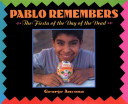 This week two students offer a critique of the book and make connections to course readings in emergent bilingualism and linguistics. We begin with a summary, followed by the strengths and issues and close with teaching connections.
This week two students offer a critique of the book and make connections to course readings in emergent bilingualism and linguistics. We begin with a summary, followed by the strengths and issues and close with teaching connections.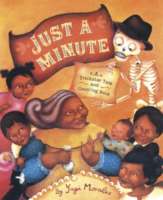 This week a group of students read Yuyi Morales’ beautiful stories,
This week a group of students read Yuyi Morales’ beautiful stories, 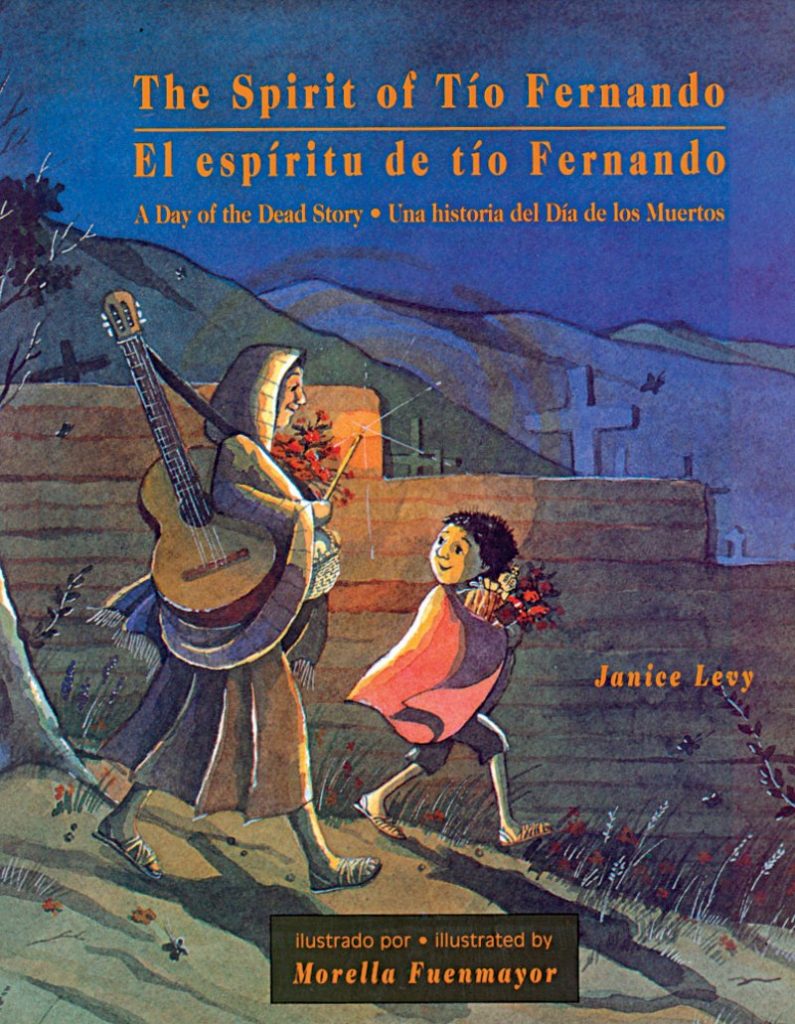
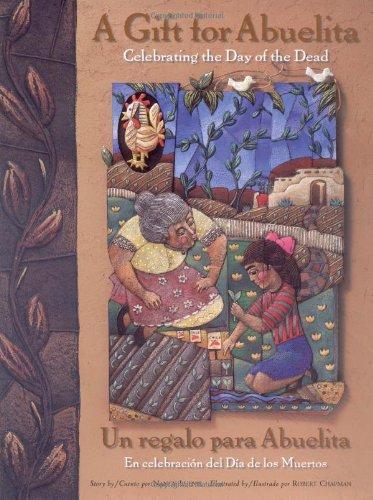
 Many teachers are very hesitant to use graphic novels in their classroom. Much of the hesitation has to do with a personal lack of familiarity with this specific form of literature. For some, the use of graphic novels in the classroom is foreign and scary, some might not even see it as “literature,” while others are actually beginning to see the great advantage of using them to supplement student learning.
Many teachers are very hesitant to use graphic novels in their classroom. Much of the hesitation has to do with a personal lack of familiarity with this specific form of literature. For some, the use of graphic novels in the classroom is foreign and scary, some might not even see it as “literature,” while others are actually beginning to see the great advantage of using them to supplement student learning.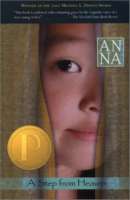 In
In 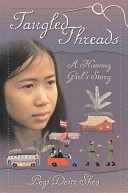 Immigrant students face significant challenges in balancing their home culture and American culture. In
Immigrant students face significant challenges in balancing their home culture and American culture. In 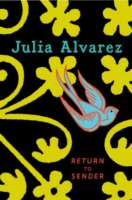 Emergent bilinguals make up 8.2% of the total population of all children under the age of 18 in South Carolina. While there are many languages spoken by immigrant children in our schools, Spanish is the most widespread language spoken by 40,000 of all emergent bilinguals (
Emergent bilinguals make up 8.2% of the total population of all children under the age of 18 in South Carolina. While there are many languages spoken by immigrant children in our schools, Spanish is the most widespread language spoken by 40,000 of all emergent bilinguals (